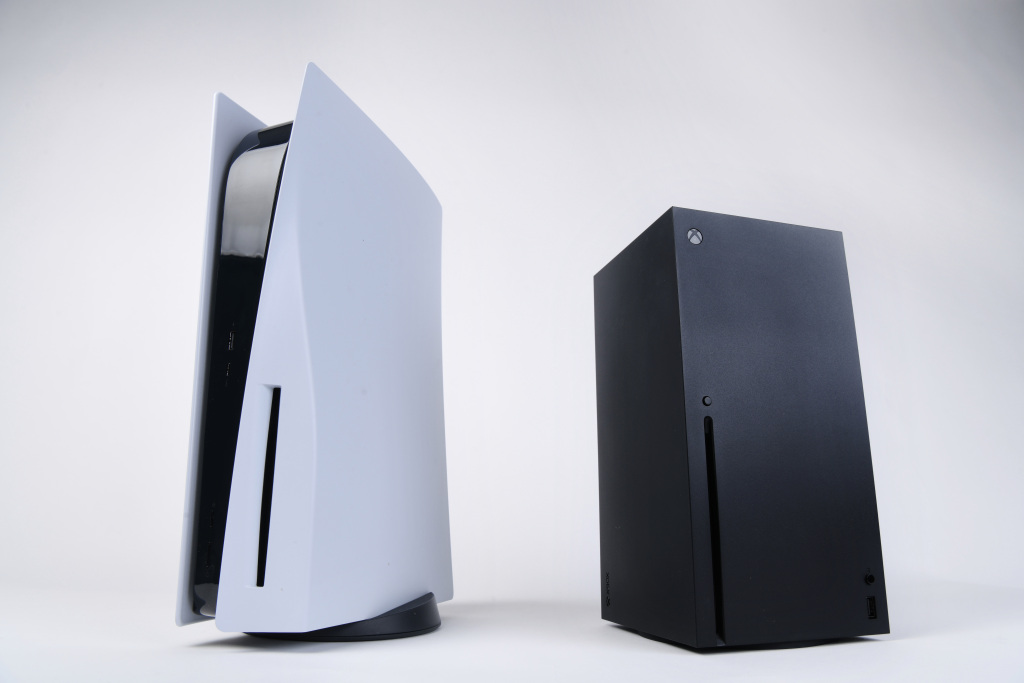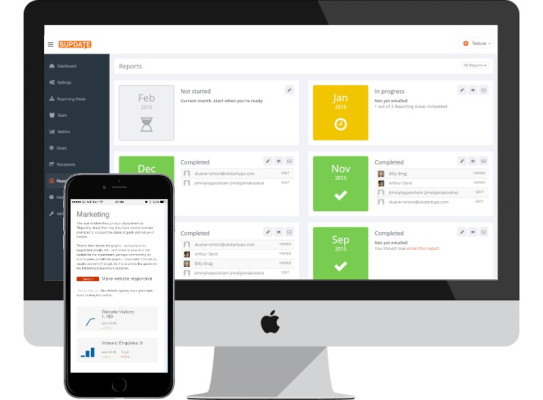Reviewing the new consoles during a pandemic is like being at a theater dress rehearsal. Before the machines are launched, the software is still coming together. Parts of the experience are still a work in progress. Games have come in and out of availability.
Like actors and production crews behind the scenes, everyone is figuring out their parts. It’s a strange mix of chaos and potential. Until the Xbox Series X and the PlayStation 5 are in the wild, we won’t exactly know how everything will work. Despite that, the time I spent testing the systems gave me a strong impression of how these two kaiju-sized machines stack up.
What I discovered is that each console has a different vision of a next-gen experience, and they follow through with hardware, software and infrastructure built in that direction. Here’s a look at how the Xbox Series X and Playstation 5 stack up, and which console would best for gamers today and beyond.

Hardware
Much like the end of the last generation, the Xbox Series X and the PlayStation 5 face off as comparable counterparts. Both feature AMD’s Zen 2 and RDNA 2 chips (but they run at different speeds) and custom hard drives. They will both feature ray tracing — a rendering technique that creates stunningly realistic lighting effects — and can run games at 120 frames per second. The speed at which games load will also be lightning fast. That means multi-platform releases will likely look similar on both systems.
When it comes to monitor support, the Series X supports several resolutions up to 8K. The PS5 works on high-definition and 4K TV. Unfortunately, it didn’t work on a 1440p monitor.
The big difference in hardware comes in how the two consoles handle sound. The Series X supports multiple standards of spatial sound, including Dolby Atmos, DTS:X and Windows Sonic. That means if you invested thousands of dollars in audio setups, the Series X will support that big booming sound you’re accustomed to.
The PlayStation 5 is different with its Tempest 3D AudioTech. The system funnels all the spatial audio information on that chip and it outputs to a speaker and headset. With that said, because Sony has its own proprietary standard, it won’t work with everything yet. At launch, the audio works with headsets, especially its own Pulse 3D wireless peripheral, and the spatial audio does make a difference giving players a deeper sense of place.
When all is said and done, Microsoft’s support for different audio formats is friendlier and more flexible to gamers.

Controller
The Series X is playing catch up in this category. Microsoft took a conservative approach with its new Xbox Wireless Controller. It remains mostly the same as its predecessor save for a few physical changes. The LT and RT buttons have a textured grip, and in the middle, players will find a Share button, a feature that first appeared on Sony’s DualShock 4. Internally, latency and connectivity to other devices has improved but nothing is really game-changing.
On the other hand, Sony’s DualSense controller could be the defining upgrade of this generation. Often overlooked, the humble controller plays an outsized role in how players experience games. With upgrades in visuals becoming less impressive each generation, Sony found a way to create a next-gen feeling by overhauling its controller.
The star of this reboot is the adaptive-trigger system on the DualSense. It essentially creates force feedback on that part of the controller. If you’ve played an arcade racing game like “Daytona 500,” you’ll understand how this works. It’s like the sensation of the steering wheel fighting you as your car crashes into a wall. You’ll find that kind of resistance consistently on the shoulder buttons.
It creates a tension — and telling feedback — that deepens your immersion into a game. For example, if you prepare to fire a bow and arrow, you can feel the tension on the string. When firing guns, you’ll experience the blast of a recoil in your fingertips.
The adaptive triggers have a way of changing the feel of the DualSense. When it’s locked, the controller feels heavy and thick, when players can easily press the buttons, it feels light and easy. The experience is magical, almost like the DualSense is a malleable piece of tech instead of one built out of metal, plastic and screws.
Aside from the triggers, the DualSense features haptics that are a smidgen better than the HD rumble coming from Nintendo’s Joy-Con. Lastly, the controller features a microphone that likely won’t play a huge role in gameplay but could be used as a backup microphone if players don’t have a headset.

User interface and smartphone apps
Sony cleaned up its interface issues on the PS5. Navigating the menus and accessing information is snappier than before. Taking screenshots is more transparent as players can hit the Share button and choose from a number of options. Native streaming only supports YouTube and Twitch, but the new HD Camera, which removes the background around a player, can ideally make videos look more professional.
The big PS5 quality-of-life improvement is the concept of cards. This feature helps enhance players’ user experience. It zips them to different parts of the game in order to work on a trophy or helps them along with a level that’s giving them trouble. It’s there to ferry players through to a positive gaming experience.
Unfortunately, PlayStation’s work on smartphone lags behind Xbox. It’s getting better with the option to do party chats and messaging through iOS and Android apps. Players can even purchase games on their phone and track the download process to the machine, but it falls short of the tight integration of assets seen in the Series X.
Microsoft knows how important the handheld devices are to everyday life, and using the infrastructure it has, the company made sharing easier than ever. When players hit the Share button, the screenshot or video is uploaded to the cloud and they can access it through the app. From there, they can share it on any social media channel they want. If they want to modify the clip, they can download it to the PC via OneDrive and edit it however they want.
Both systems feature remote play, but again Microsoft has an edge in this category because of xCloud, its streaming service. This lets players access Xbox Game Pass Ultimate titles via Android phones from wherever they are. It lets players enjoy gaming while on vacation or running an errand, and then pick up where they left off when the get home.
As for the Series X user interface, it remains consistent with previous consoles. Much like its controller, Microsoft didn’t change much. Streaming is still down via apps with the system supporting third-party cameras. Players can still pin their favorite games to the home screen. Game Pass has a more prominent role in the user interface.

Final verdict
Which is better: The Xbox Series X or PlayStation 5? That’s a tough question to answer because the systems differ on their views on the future. The big ideas behind each console are reflected in their appearances and size. Like its monolithic form, the Xbox Series X is all about stability and consistency. One if its strengths lies in its backward compatibility — supporting older games with new technology — and the idea that you should be able access games at any time and from anywhere.
Players who buy games on the system should be confident that they’ll be able to play them far into the future. Microsoft’s track record speaks for itself. Unfortunately, the Series X launch games aren’t as impressive as the PS5’s, so players will have to wait until Microsoft’s bigger releases, specifically titles from Bethesda and Obsidian, come out.
Meanwhile, the bold design and soaring lines of the PS5 reflect a system that’s clawing for that next-generation experience. Sony wants to push the envelope and it has done so with its DualSense controller and interface refinements — changes that have made the gaming experience better. Its launch-related new-game releases show off the potential of new experiences. The whole system should make any gamer excited.
If you’re looking for a next-gen system for the holidays, the PS5 is the one to get. But when it comes to the long game, the Series X could have the edge because gamers’ libraries will likely last long into the future.
PlayStation 5
3½ stars out of 4Release date: Nov. 12Price: $499 (standard edition), $399 (digital edition)
Xbox Series X
3 stars out of 4Release date: Nov. 10, 2020Price: $499










